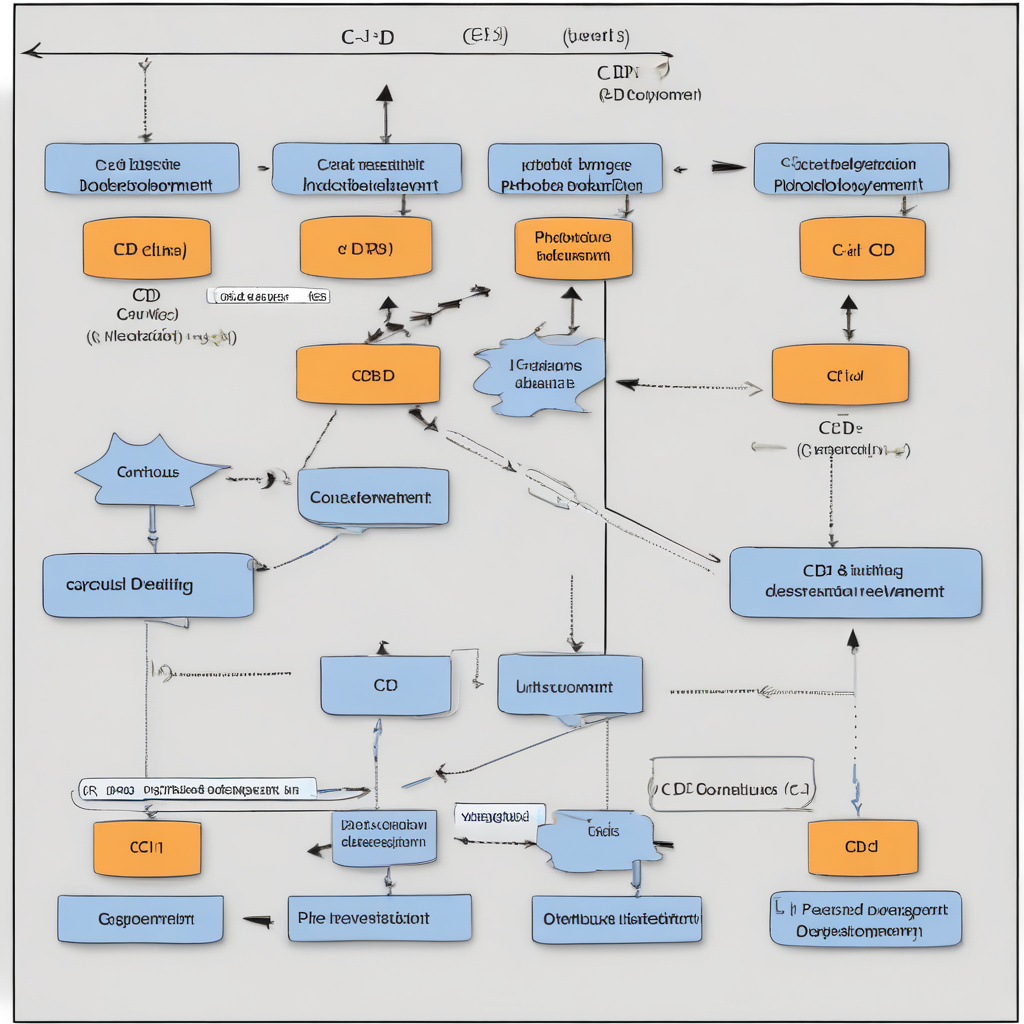In the fast-paced world of software development, the terms “continuous integration” (CI) and “continuous delivery” (CD) are frequently lumped together under the moniker CI/CD. However, it might be time to hit the pause button and consider treating these two crucial practices as distinct disciplines.
Imagine CI as the meticulous quality control process in a factory. It inspects each component, ensuring it meets standards before installation—a crucial step in preventing defects from reaching the customer. On the flip side, CD acts as the logistics company, strategizing how to deliver the final product to the end-user efficiently, monitoring its journey, and having contingency plans in place.
By viewing CI and CD as separate entities, teams can optimize their workflows for each stage of the software development lifecycle. Separating these processes clarifies responsibilities, reduces confusion, and allows for a more targeted approach to problem-solving.
For instance, consider a scenario where a team encounters a bug during the testing phase. If CI and CD are treated as intertwined, identifying the root cause and fixing it promptly can become convoluted. However, by delineating CI from CD, the team can focus solely on resolving the issue within the testing environment before progressing to the delivery phase.
Moreover, distinct CI and CD pipelines enable teams to tailor their tools and processes to each stage’s specific requirements. CI tools like Jenkins or GitLab CI are geared towards automating code integration and testing, ensuring that each code change is thoroughly checked. On the other hand, CD tools such as Spinnaker or Octopus Deploy streamline the deployment process, orchestrating the release of software updates to end-users seamlessly.
Separating CI and CD also fosters a clearer understanding of the software development workflow. Teams can pinpoint bottlenecks, streamline processes, and enhance overall efficiency by recognizing the unique challenges posed by each stage.
In essence, while bundling CI and CD together may seem convenient, treating them as distinct disciplines can lead to more robust, efficient software delivery pipelines. By embracing this separation, teams can unlock the full potential of both CI and CD, driving continuous improvement and innovation in their development practices.

